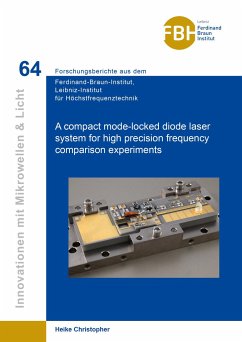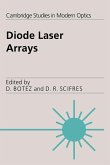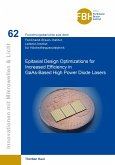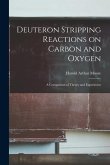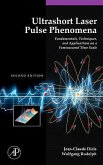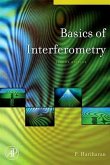Optical frequency combs (OFC) have revolutionized various applications in applied and fundamental sciences that rely on the determination of absolute optical frequencies and frequency differences. The latter requires only stabilization of the spectral distance between the individual comb lines of the OFC, allowing to tailor and reduce system complexity of the OFC generator (OFCG). One such application is the quantum test of the universality of free fall within the QUANTUS experimental series. Within the test, the rate of free fall of two atomic species, Rb and K, in micro-gravity will be compared. The aim of this thesis was the development of a highly compact, robust, and space-suitable diode laser-based OFCG with a mode-locked optical spectrum in the wavelength range around 780 nm. A diode laser-based OFCG was developed, which exceeds the requirements with a spectral bandwidth > 16 nm at 20 dBc, a comb line optical power > 650 nW (at 20 dBc), a pulse repetition rate of 3.4 GHz, and an RF linewidth of the free-running pulse repetition rate < 10 kHz. To realize a proof-of-concept demonstrator module, the diode laser-based OFCG was hybrid-integrated into a space-suitable technology platform that has been developed for future QUANTUS experiments. Proof of sufficient RF stability of the OFCG was provided by stabilizing the pulse repetition rate to an external RF reference. This resulted in a stabilized pulse repetition rate with an RF linewidth smaller than 1.4 Hz (resolution limited), thus exceeding the requirement. The developed diode laser-based OFCG represents an important step towards an improved comparison of the rate of free fall of Rb and K quantum gases within the QUANTUS experiments in micro-gravity.

